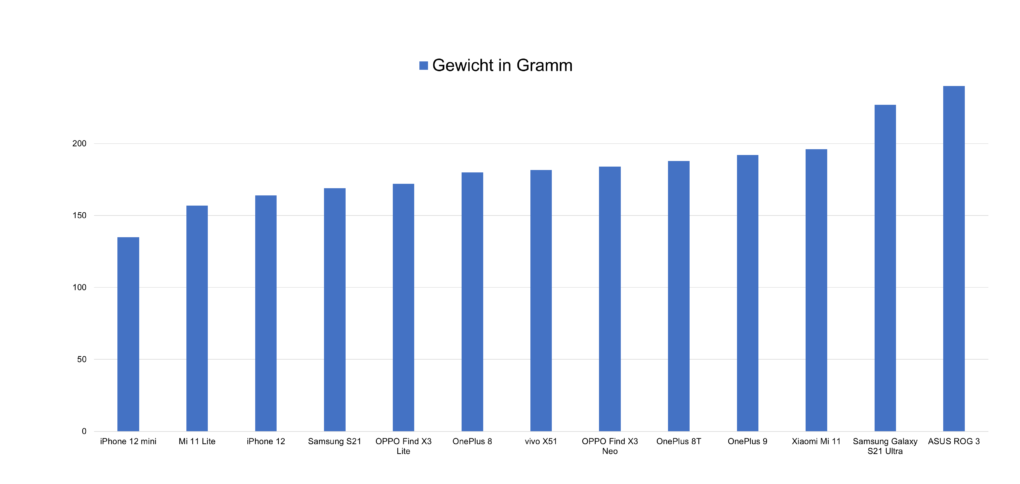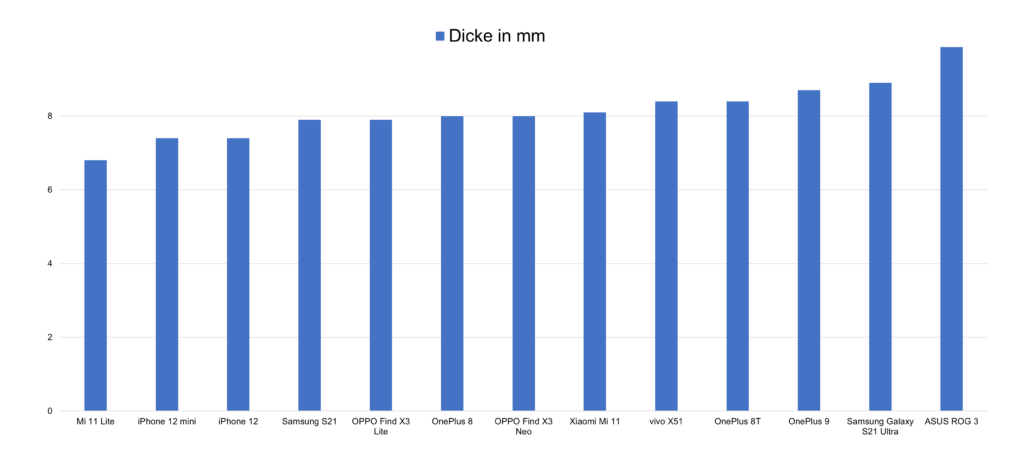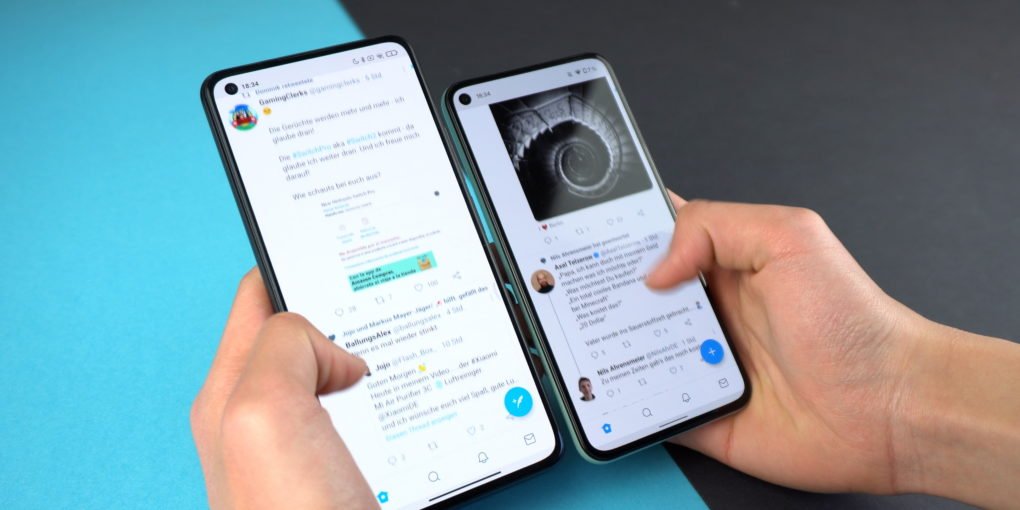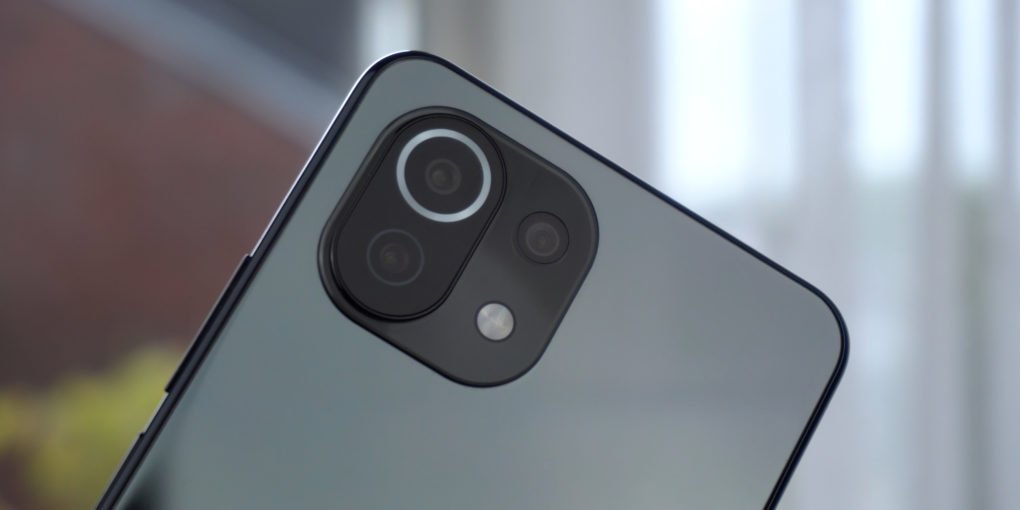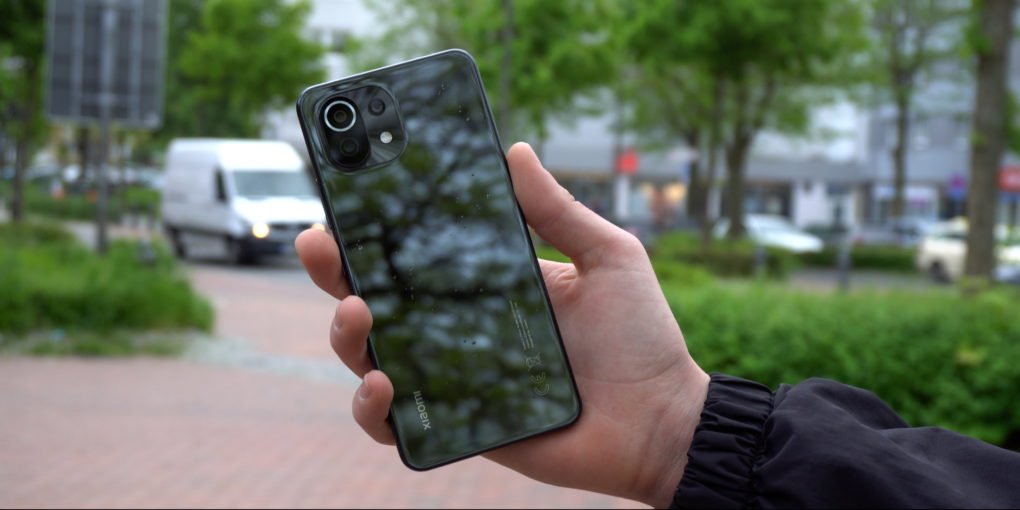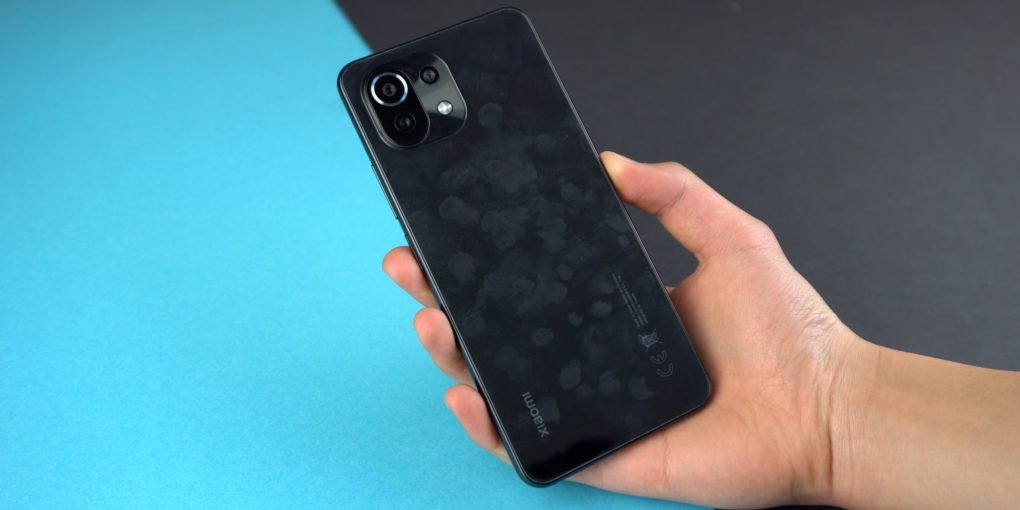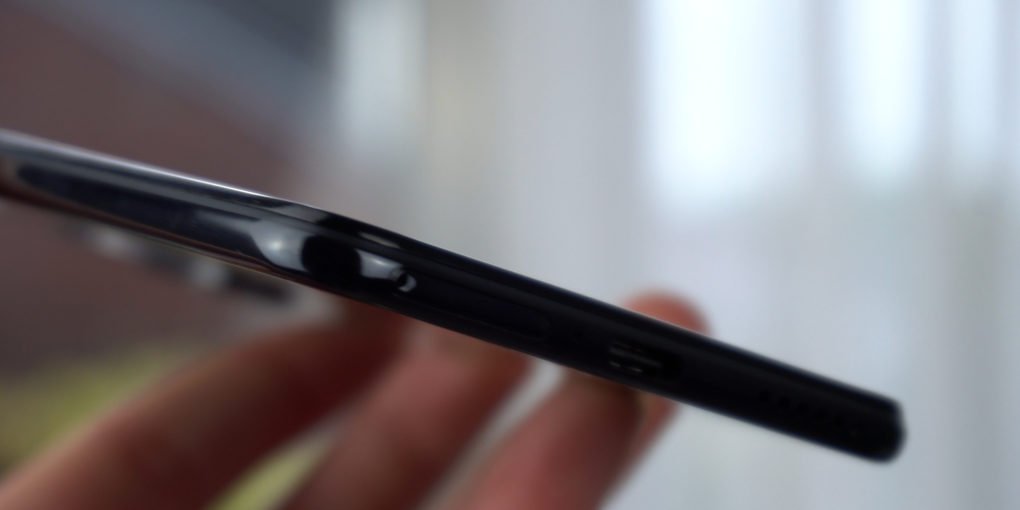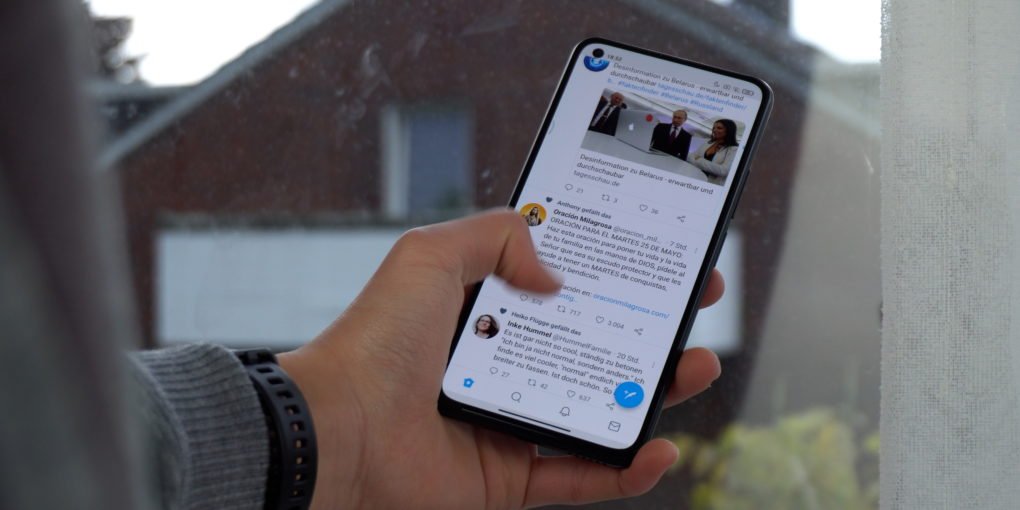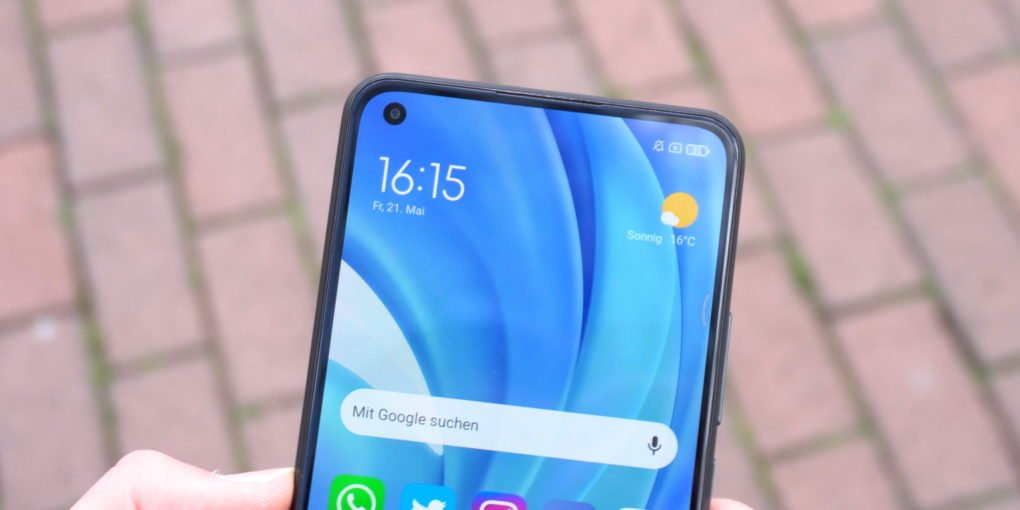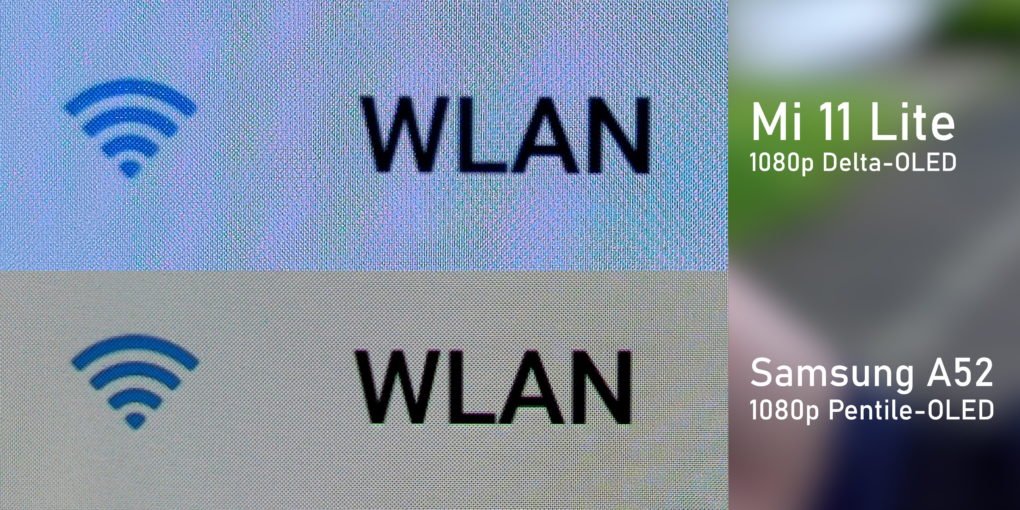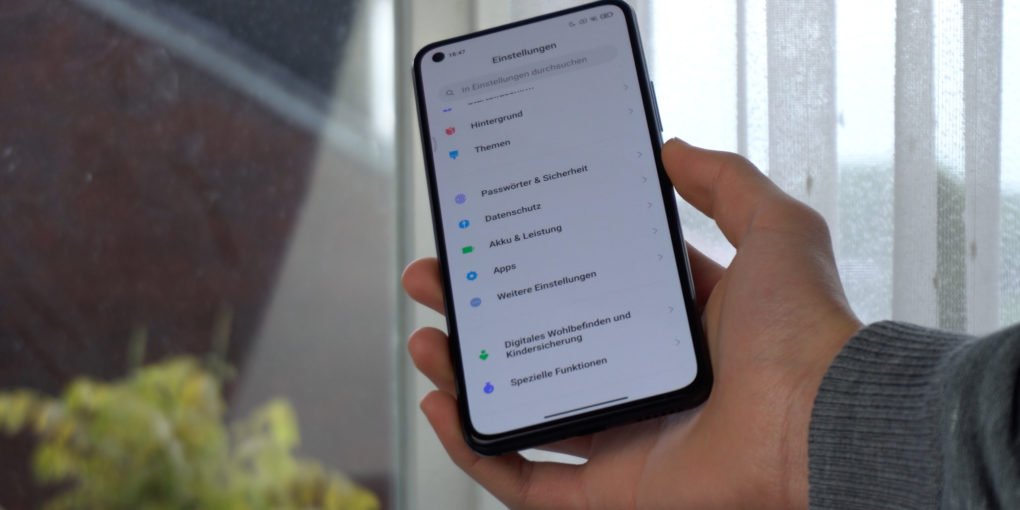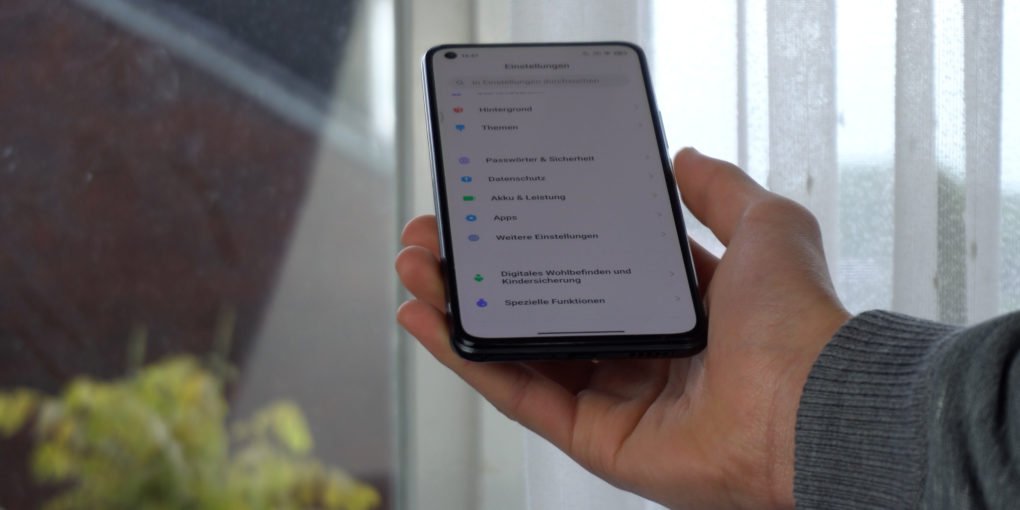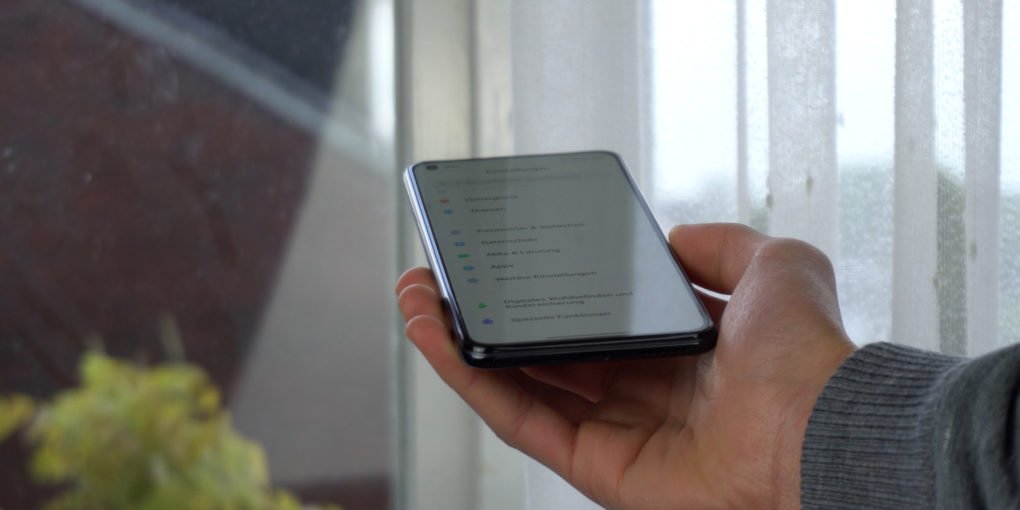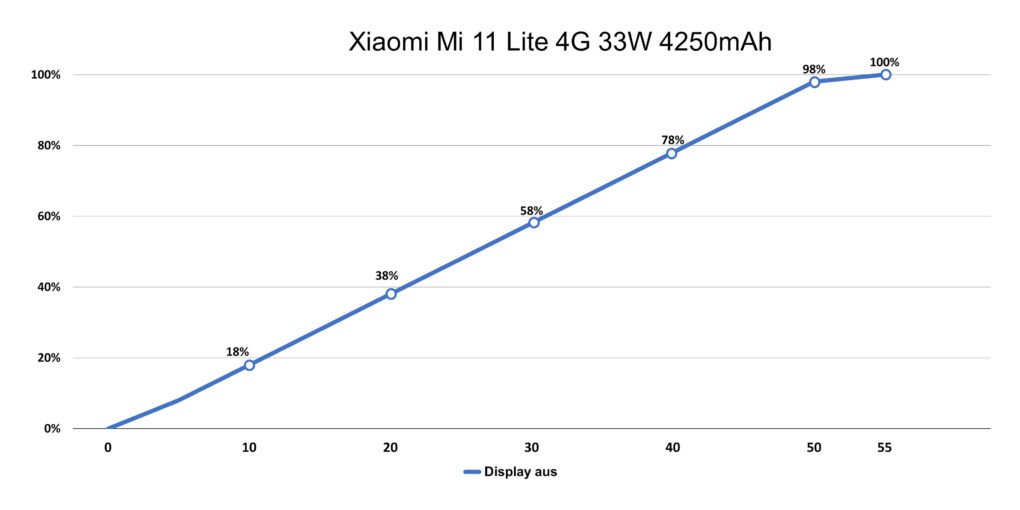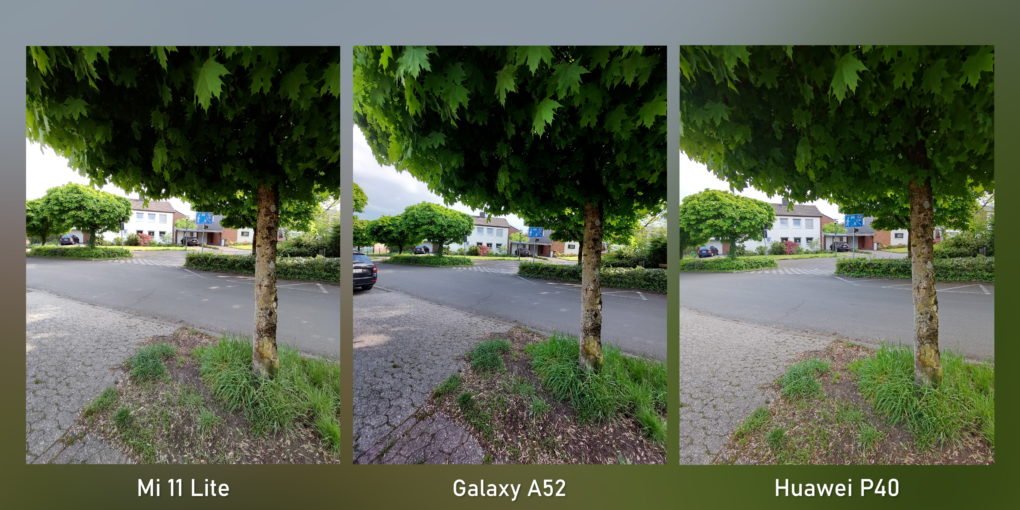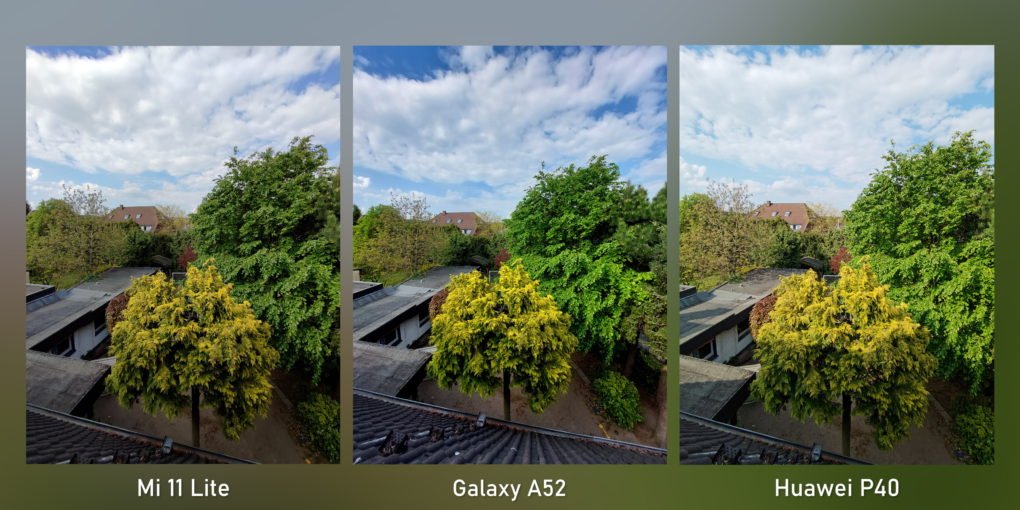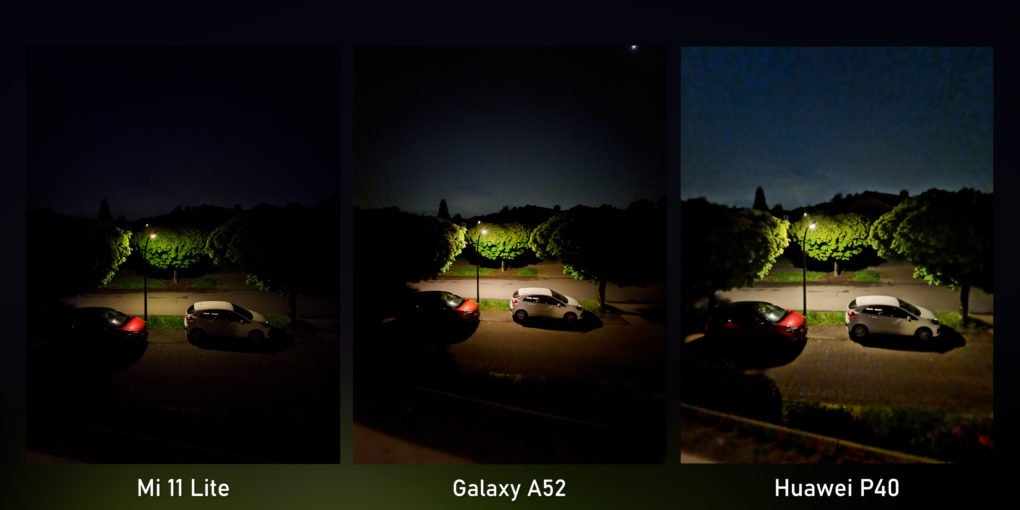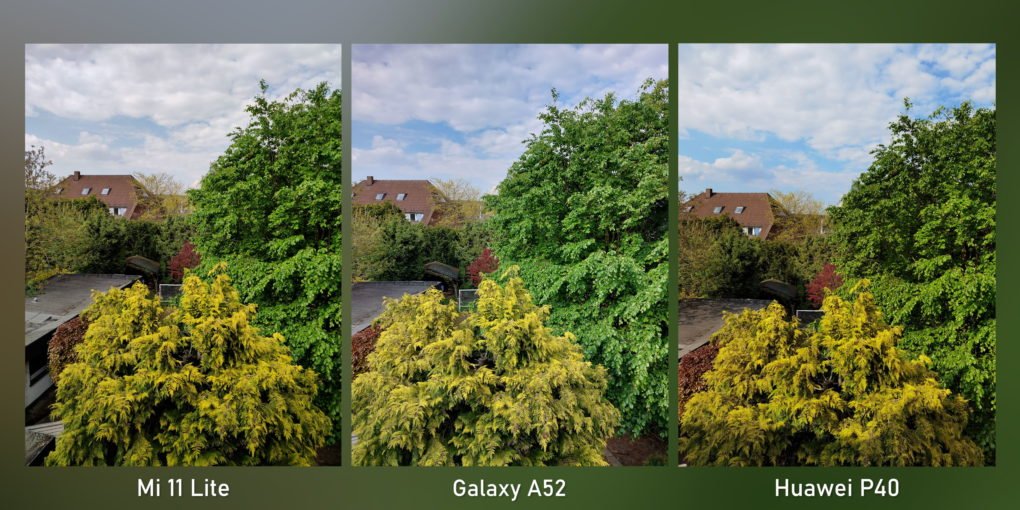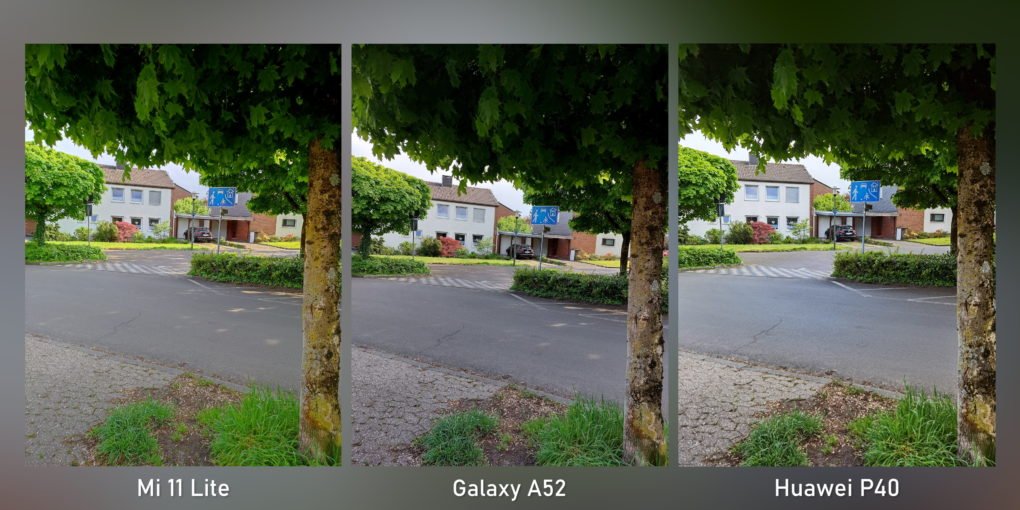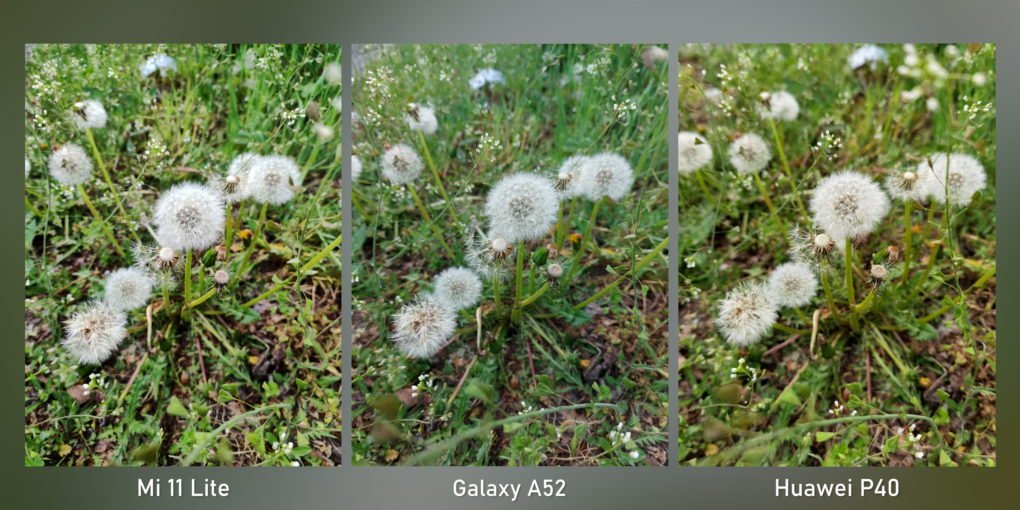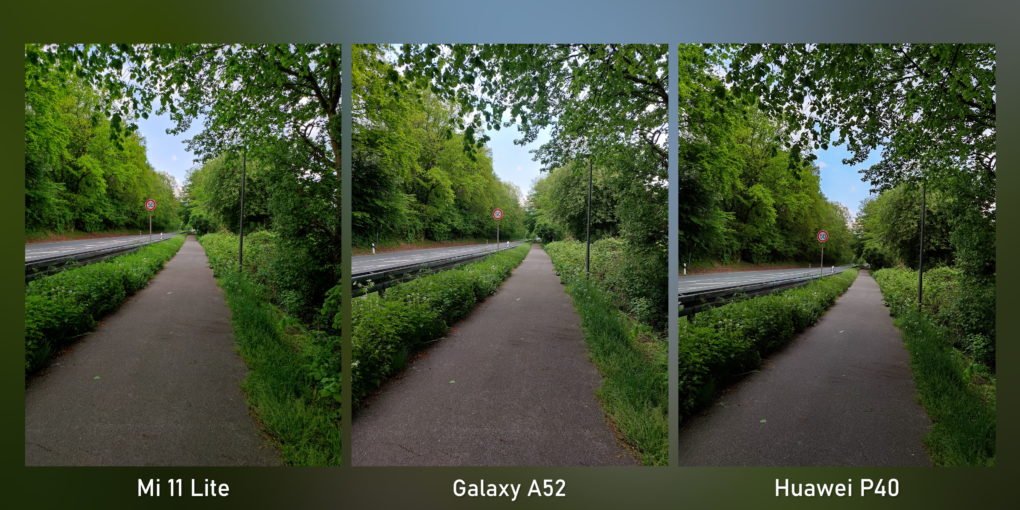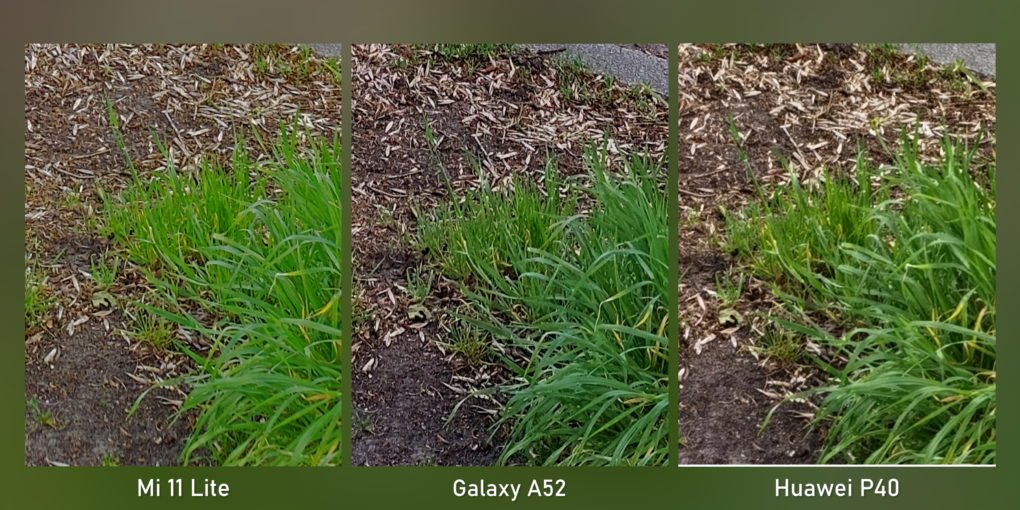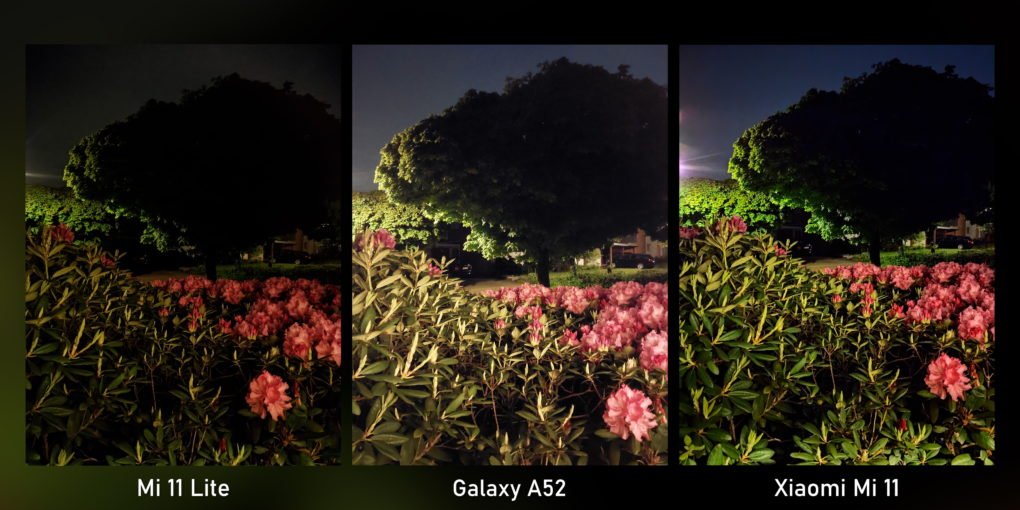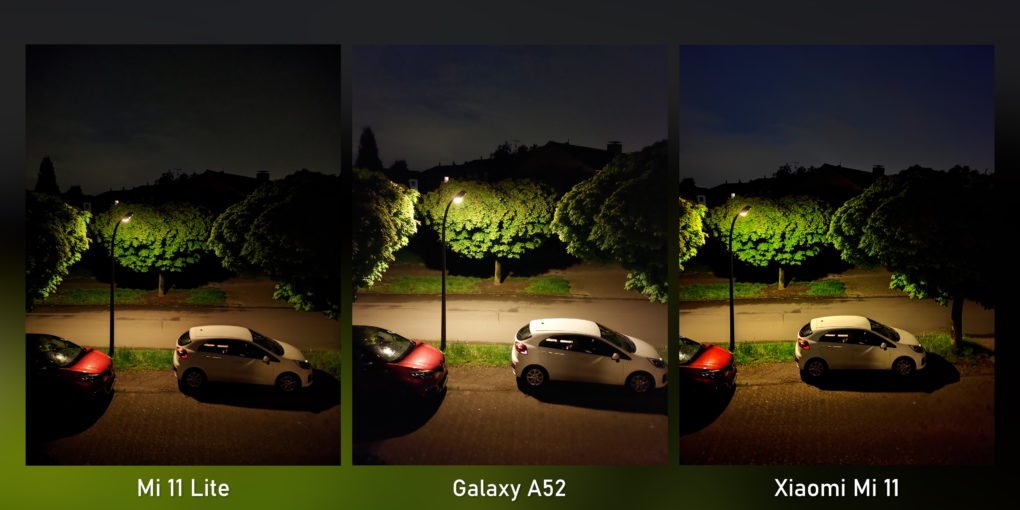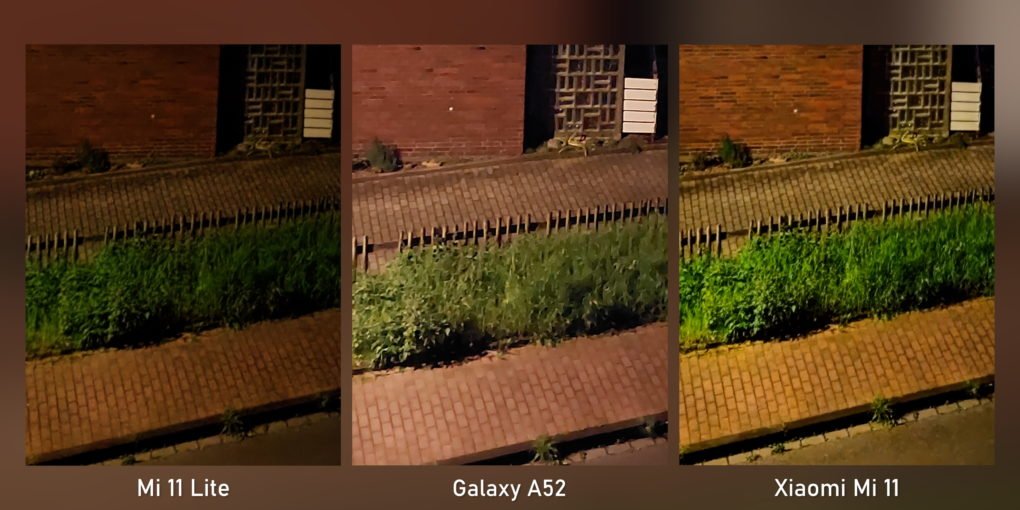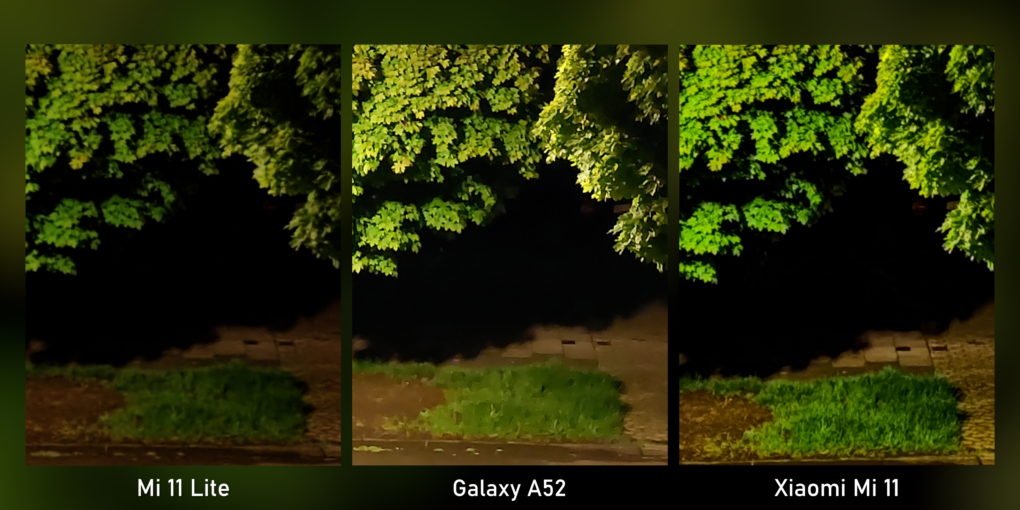Xiaomi Mi 11 Lite 4G review: thin, light, and what else?
Xiaomi Mi 11 In the series, the manufacturer attacks the high-end market with the latest top hardware, and the Mi 11 Lite is often forgotten.
With a weight of only 157 grams and a thickness of 6,8 millimeters, it is almost the thinnest current Android smartphone on the market. At the same time, there is still a lot of competition from within the company. In this article you can find out how the device fared after our test and whether it is worth buying.
Jump to section
Design
In the hand - how thin is it really?
What you read about current smartphones are mostly information on weight in numbers, but often you can hardly imagine them. That's why we picked up some current smartphones and sorted them according to weight and thickness.
- Ranking by weight (Image: TechnikNews)
- Ranking according to thickness (Image: TechnikNews)
The Xiaomi Mi 11 Lite is always the thinnest and lightest of them, just that 12 iPhone Mini it can beat it in terms of weight, but it is thicker and has a battery that is almost half the size.
What does that mean for everyday life? Thick, heavy smartphones often have a very solid feeling when used in the hand, which can be annoying in the long term, whereas the Xiaomi Mi 11 Lite is so light that you no longer feel that you are holding a smartphone. Compared to heavier smartphones, however, it does not look significantly less high-quality. While covers destroy the overall feeling of being used on other devices, in principle they hardly make any difference here.
I was particularly surprised by the fact that it has a glass back. Many light smartphones and many current mid-range smartphones like to use plastic as a material for price or weight reasons, but Xiaomi proves to us with the Mi 11 Lite that none of this is an excuse. The interior design must therefore really be praised.
You shouldn't confuse this with compact smartphones, because the Mi 11 Lite is still comparatively large with its 6,55 inch screen, but it is significantly less heavy.
External
After the dimensions, of course, we still have to talk about the rest of the design. On the back, the typical Mi 11 series camera module, which we also got from the My 11 or Wed 11 Pro know, so it has got a certain recognizability. However, it looks more harmonious on the flat back in my opinion. The special color versions add a nice look, unfortunately my test device is in black, which attracts fingerprints due to the glossy finish in the 4G version.
- Picture: TechnikNews
- Picture: TechnikNews
- This is what the back looks like after use (picture: TechnikNews)
The side frame, unlike the back, is made of plastic, but feels much higher quality than other plastic frames like in the OPPO Find X3 Lite. Both the back and the front are made of non-rounded glass. The transitions to this, however, are only on an average level and a bit sharp-edged. The middle frame between the frame and the screen is comparatively wide and the buttons are not so "clicky" either, which reduces the quality.
In comparison, I am satisfied with the look of the front. Of course, you don't expect a high-quality, rounded display for a mid-range device, but with rather symmetrical edges and the punch hole on the top left, the view is quite refreshing. Still, it has to be said that the screen bezels are wider than the average.
- Picture: TechnikNews
- Picture: TechnikNews
Overall, the Mi 11 Lite gives you lightness, an average appearance, but no high quality.
Display - worse than you think
There is probably a lot to explain about the display, because after unpacking the device I look at the top of the clock and thought the resolution was just over 720p. Before I received the device, I read something about it on the Internet. Due to a different sub-pixel matrix on the Mi 11 Lite, the display looks very spongy. This cannot be shown well in a picture, so I would recommend taking a look at the device offline and making a decision before buying it.
Except for the Proproblem with the sharpness, it is a good panel in terms of quality. From the specs alone I would give it a POCO F3 even prefer. It is a flexible OLED panel that was only installed flat. As a result, it is one of the few mid-range devices that does not have any rainbow-colored discoloration when viewed from the side, which would interfere with use. The situation with the viewing angles is perfectly fine. The panel only turns reddish when it is tilted quite strongly, then slightly yellowish when it is extremely tilted.
- Normal view (image: TechnikNews)
- Slight inclination, reddish discoloration (image: TechnikNews)
- Extreme tendency, yellowish discoloration (Image: TechnikNews)
In my opinion, 90 Hertz is absolutely sufficient, because compared to the older 60 Hertz, the display appears many levels smoother. I also enjoyed it very much in everyday life. The difference to 120 Hertz in flagships is not so clear in comparison, but this consumes more power. From this it can be concluded that 90 Hertz is currently a good compromiss The color rendering is also at a very high level and there is nothing wrong with the brightness, so there shouldn't be any when used on sunny days Proproblems with readability.
Performance - Average
In terms of performance, the Xiaomi Mi 11 Lite uses a Qualcomm Snapdragon 732G Proprocessor on. We already have this in Redmi Note 10 Pro seen. First of all, the performance is of course completely sufficient for everyday use, because the optimization of the weak SoC is significantly stronger than, for example, in the Samsung Galaxy A52 and this performance should be absolutely sufficient for normal users. But we have already said that the maximum performance of the Prozessors really isn't generous anymore. Apart from stuttering when multitasking, longer waiting times, the future security is also somewhat questionable, you actually have to wait and see here, but that the device becomes significantly slower over time than, for example, a POCO F3 or POCO X3 Pro, is out of the question.
We also tested the Mi 11 Lite in games. The thin design shouldn't really be compatible with good cooling, should it? The behavior is not particularly noticeably worse in our tests. The smartphone does not get particularly warm, but the performance is also more reserved. Compared to a Redmi Note 10 Pro The performance is weaker with the same SoC because stuttering is more common. Complex titles like "Genshin Impact" should therefore not be played with the Mi 11 Lite, it's not a nice experience.
Storage Versions - Why, Xiaomi?
But again, what I can't understand are the memory versions. On the one hand, one has to criticize in 2021 that the starting version still starts at 64 gigabytes of storage. This is no longer up-to-date: a bigger game, a few videos filmed in everyday life, they are already full.
On the other hand, the more expensive 128 gigabyte version only contains six gigabytes of RAM, despite the fact that memory is now cheap. That ProThe problem is that the MIUI 12 user interface is particularly hungry for RAM. Without any open apps, sometimes only 4,5 gigabytes are free. In my experience, this leads to the fifth app being closed in the background when multitasking with very simple everyday applications. When you open the camera, all applications are closed immediately.
This can be very annoying as all actions are removed and the app has to be reloaded. Everyone has to decide for themselves whether they can live with it. Hopefully Xiaomi can go one step further and, in addition to beautiful specifications, also deliver progress in the area of memory. I would consider myself a fan of the MIUI 12 surface and also see the high memory consumption for high-quality animations, so you simply have to help with more physical memory.
Software - very good, but not mature?
The point with the RAM serves as a perfect transition to the software area: It's MIUI 12 over Android 11. Opinions on Xiaomi's in-house user interface are perhaps the most varied in the industry. If I had to summarize them objectively: Very much adapted, lots of nice functions and humane logic, a lot of effort in the animations, but a little more optimization would help at the moment. In my experience it is not as bad as some users report, but I will list a few errors that I have noticed, among others:
- When unlocking the smartphone with the fingerprint sensor, you can still see the clock for a short time after the lock screen in the app. Once I even had a WhatsApp frame that always faded in in front of the lock screen.
- Xiaomi is usually at the forefront of the animations when starting and closing apps. When closing an app from the horizontal screen, however, it is exactly the opposite. First the start screen background is displayed for several seconds, then everything rotates. The optimization is really missing here, because all surfaces that I know do better.
- Let's stay in the horizontal screen. Here, when using the back gesture, it is sometimes the case that the hint on the side simply comes in the middle of the picture, as it is still calculated according to the portrait format.
- Apart from the pretty problematic activation, there is also a bug with one-handed operation: the animations are very strange, apps fly back and forth across the whole screen.
Otherwise, I didn't notice any other bugs, it will be pretty pleasant in everyday life and MIUI 12.5 improves a lot in the area of optimization. Personally, I'm a fan of the MIUI 12 software.
Battery - impressive for the size
After seeing that the Mi 11 Lite uses a battery capacity of 4250mAh, I was really quite surprised that this is possible with a total of 157 grams and a glass back. It is therefore sure to be and the lightweight smartphone where you don't have to worry about the battery? According to my tests, it is definitely worthy of the small capacity, because in everyday life I can manage proSix, sometimes seven hours of display-on-time without any problems. This behavior can keep up well with other mid-range smartphones.
When charging, it typically uses the 33 watts that have been seen more often from Xiaomi. From the perspective of the 33 watt, the speed is actually very fast. A full charge takes just over an hour. Still, I think that 50+ watts could be very handy these days. This discussion can often be seen on the Internet, also for example for rather fast 25 watt charging from Samsung. My take on this is that fast charging speeds are much more there, with alarming battery levels, many in a short amount of time Proregain centroids. It's all about maximum speed. Of course, I don't want to say that every mid-range smartphone should charge in half an hour either, but with the position of the Mi 11 Lite without any other special features, that might have been something. Wireless charging is not on board.
Camera - not particularly
As a device that is more geared towards offline sales, the Mi 11 Lite shouldn't weaken on the camera. The main camera is the Samsung GW3 sensor. At 64 megapixels, the sensor and the resulting pixel size is smaller than that of a Sony IMX686, and there is no optical image stabilization.
Macro & ultra wide angle camera
What is quite special is that the smartphone does not use an unnecessary camera in principle, because the five megapixel tele-macro sensor was not made for the quantity of cameras, so all macro cameras should be in the future. The quality is really good and in the last few days I have been able to take some high quality pictures with her.
- Picture: TechnikNews
- Picture: TechnikNews
- Picture: TechnikNews
- Picture: TechnikNews
- Picture: TechnikNews
The ultra-wide-angle sensor is typically eight megapixels with a quarter of an inch sensor size. During the day you can use it for a longer focal length to capture moments, but you shouldn't expect high image quality and at night I recommend the main camera to everyone.
- Picture: TechnikNews
- Picture: TechnikNews
- UWW at night (Image: TechnikNews)
main camera
Compared to other mid-range smartphones, this is also not in the top league. During the day, the strong, saturated color rendering is particularly noticeable, but it doesn't really look ugly. The dynamic range is at a high level. If you zoom in, the sharpness is not so good. Here the difference between current smartphones is very small, for real gradations you have to make comparisons under poor lighting conditions. Here the Mi 11 Lite does better than you think. Compared to the very good Samsung Galaxy A52, the higher image quality that results from the better sensor is particularly noticeable. Nevertheless, the images are far from better cameras like in the Xiaomi Mi 11 and the lack of optical image stabilization means that images tend to blur.
- Picture: TechnikNews
- Picture: TechnikNews
- Picture: TechnikNews
- Dynamic range (image: TechnikNews)
- Crop (Image: TechnikNews)
- Night mode (image: TechnikNews)
- Night mode (image: TechnikNews)
- Night mode Crop (Image: TechnikNews_
- Night mode Crop (Image: TechnikNews)
video recordings
In comparison, the video recordings are back to average. With this smartphone, 4k with 30 and full HD with 60 images are possible pro Second. The stabilization and the dynamic range are sufficient, the color reproduction is average, somewhat desaturated. Filming with the ultra wide-angle camera is only in Full HD at 30 frames pro second possible.
Other
The vibration motor in the Xiaomi Mi 11 Lite is significantly better than in comparable devices from Samsung or OPPO. It is a z-axis linear vibration motor. The haptic feedback does not come close to that of a POCO F3 or Xiaomi Mi 11, but it is still good enough to activate it in everyday life. It also uses a pair of stereo speakers. These sound okay for the current price and definitely better than comparable mono speakers.
The fingerprint sensor was placed on the side and sticks out of the frame like a normal power button. The speed and reliability are still superior to all solutions in the display. Everyone has to decide for themselves whether they like the position.
Conclusion
The Xiaomi Mi 11 series is being sent to the very front to attack the high end market. After that My 11 and My 11 Ultra have already found a firm position in the market, the Mi 11 Lite was left a bit behind. As a member of the Mi 11 series, it should of course not beat the Pocos in terms of hardware for the high-quality reputation and must therefore find its own reason to buy. The Lites are still rather unsure about this. Last year on the Mi 10 Lite it was 5G, this year it is the light weight. Usually this is a point that is very well accepted in offline sales, but this is precisely the market in which Xiaomi is still relatively unknown.
From other sides you can find better alternatives everywhere, because that POCO F3 offers a Samsung E4 120Hz AMOLED display with similar equipment, the much better one Proprocessor and much more. If you don't crave performance, there's even the cheaper one Redmi Note 10 Prowhich is not better at first, before opening the camera. Both have no weaknesses in comparison.
That's why I really only recommend the Xiaomi Mi 11 Lite to those who are extremely fond of the lightweight design. Next year I hope for a clearer market position in the Mi 12 Lite. The route with the light weight is actually not a wrong approach, but something is missing the marketing. I'll give you an idea. Maybe they are building a compact mid-range device with matching hardware again, that would be unique. The rails for a good battery life are already in place with the nano-silicon anode material battery in the Mi 11 Ultra.
We thank Xiaomi Germany for providing the Mi 11 Lite!

